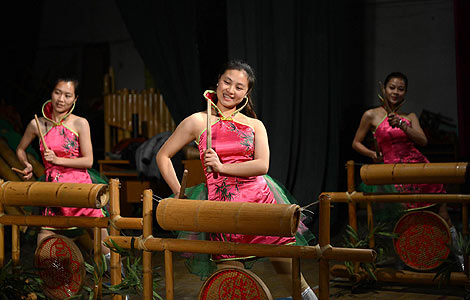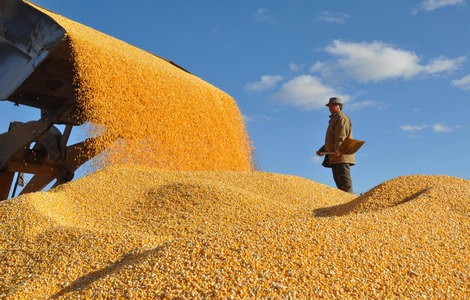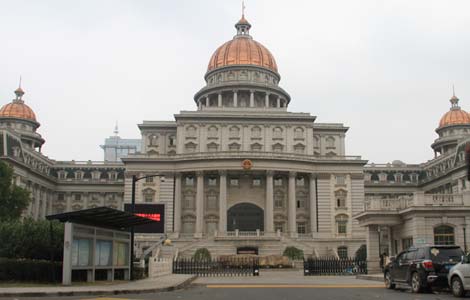
CHONGQING - Thousands of people in central and southwest China are facing drinking water shortages because of insufficient rainfall and scorching heat.
In the southwestern Chongqing Municipality, 79,000 residents in the mountainous regions are facing temporary water shortages after rainfall in the megacity has seen a 20 percent to 60 percent year-on-year drop since June, according to sources at the local flood control and drought relief office.
Chongqing has suffered from hot days with maximum temperatures at above 38 degree centigrade since early August, statistics from the local meteorological observatory showed.
Government officials supervising drought relief in the city have been urged to store water from torrential rains, which are expected to come during the current flood season. The rains should be channelled to drought-hit areas or reservoirs.
Statistics show that water conservation projects in Chongqing are holding more water than the same period last year.
However, China's Central Meteorological Observatory has said the maximum temperature in Chongqing is forecast to hit 40 degree centigrade in the coming days, triggering further concerns. Crops are withering in the dry and cracked fields in central China.
In Suizhou City of Hubei Province, where maximum temperatures have been as high as 35 degree centigrade, since July, insufficient rainfall over the past 25 months is endangering the drinking water supply for more than 520,000 local residents and 160,000 livestock.
In Langhe Village, worst hit in Suizhou, nearly one third of the total 233 hectares of land is expected to yield nothing.
"Another one third of the land will only yield 40 percent of what it should have produced," moaned the village chief Lu Renfu.
The 53-year-old said the ongoing drought is the worst he has ever seen in all his life.
Zhan Shengquan, deputy head of the government of Hedian Township, where Lu's village is located, told Xinhua the water storage of the largest reservoir in the township had shrunk to 3.5 million cubic meters, from over 46 million cubic meters, as the drought continues.
"We do not have enough water supply for the residents, let alone for the irrigation," said Zhan.
Suizhou received only 340 mm of rainfall since mid-July - only half of previous years and the least since 1957, when the city's first meteorological log could be traced, according to deputy head of the city's Drought Relief and Flood Control Office Yu Pengcheng.
Extreme weathers are also gripping other parts of China, where the south is bracing for Kai-Tak, a tropical storm that has developed into a typhoon. Elsewhere, the north is expected to be lashed by torrential rains.







